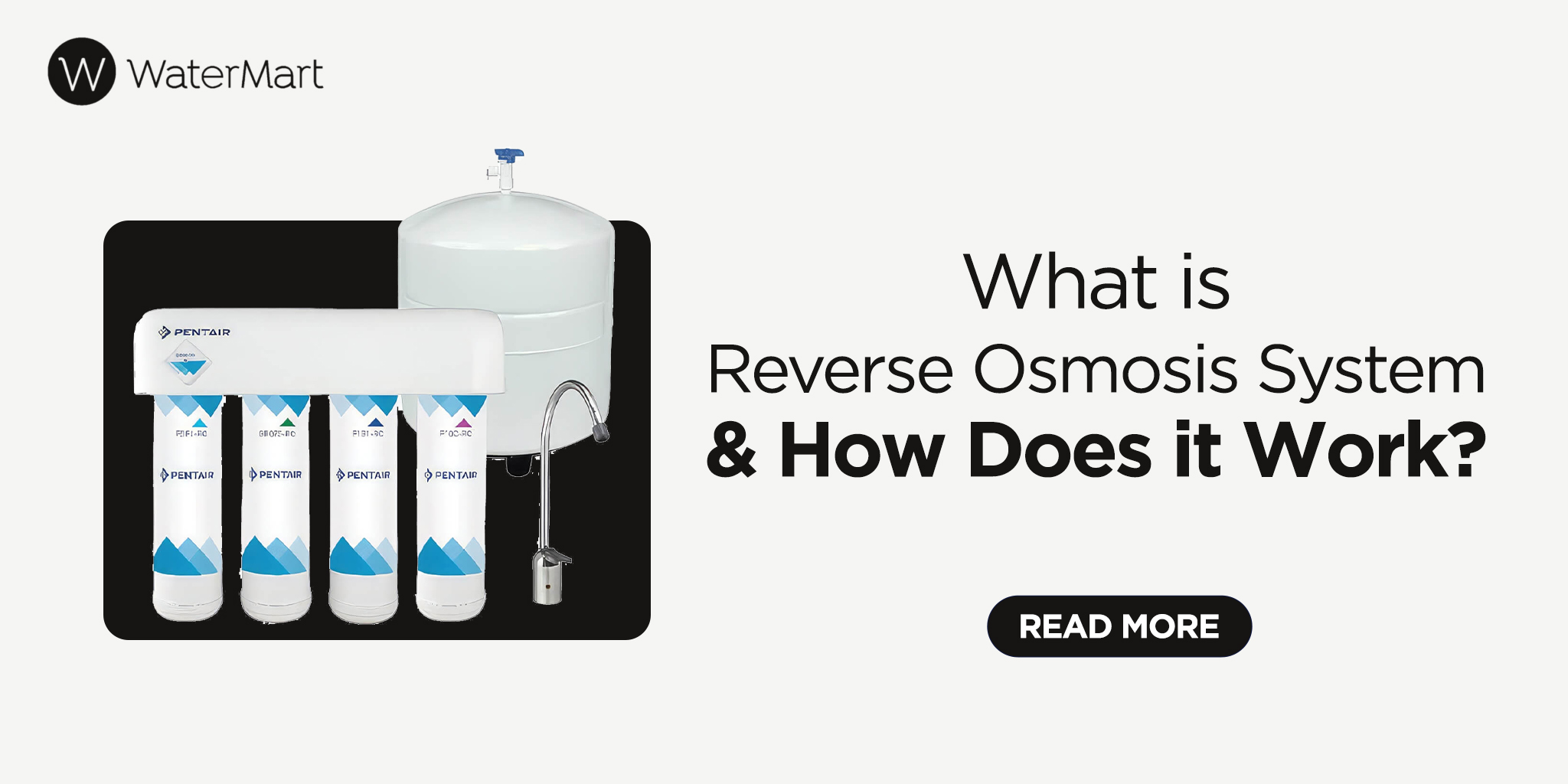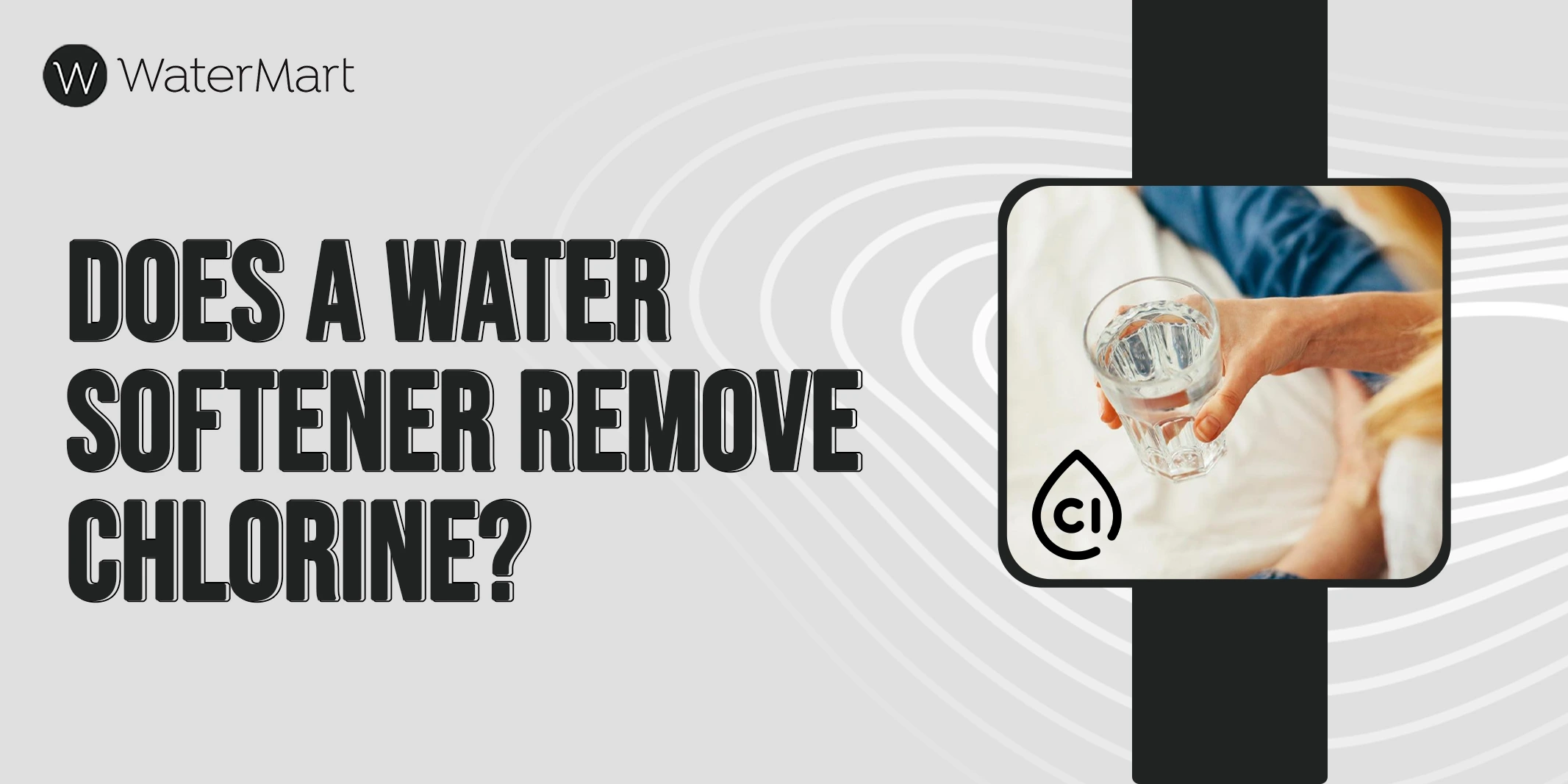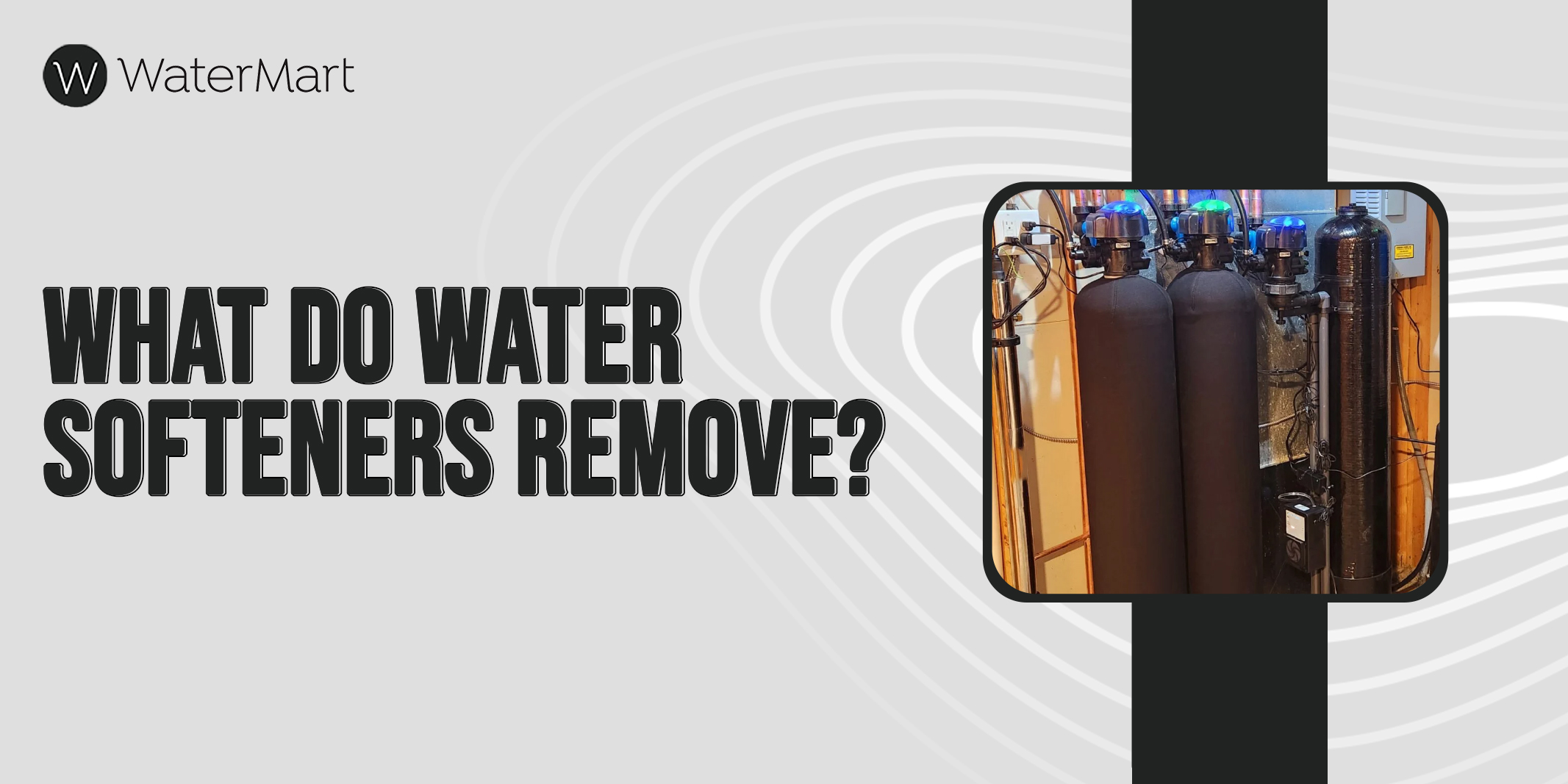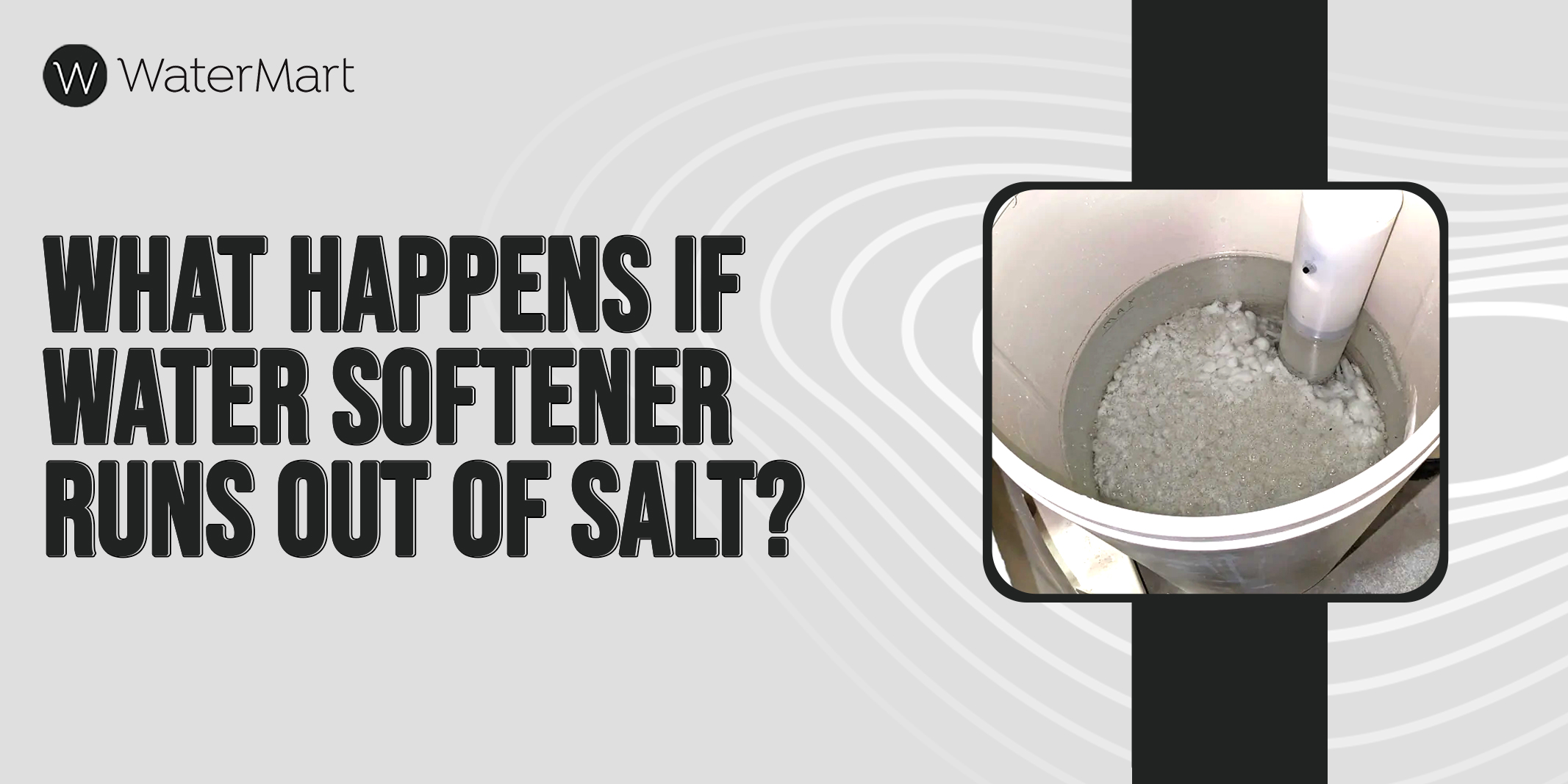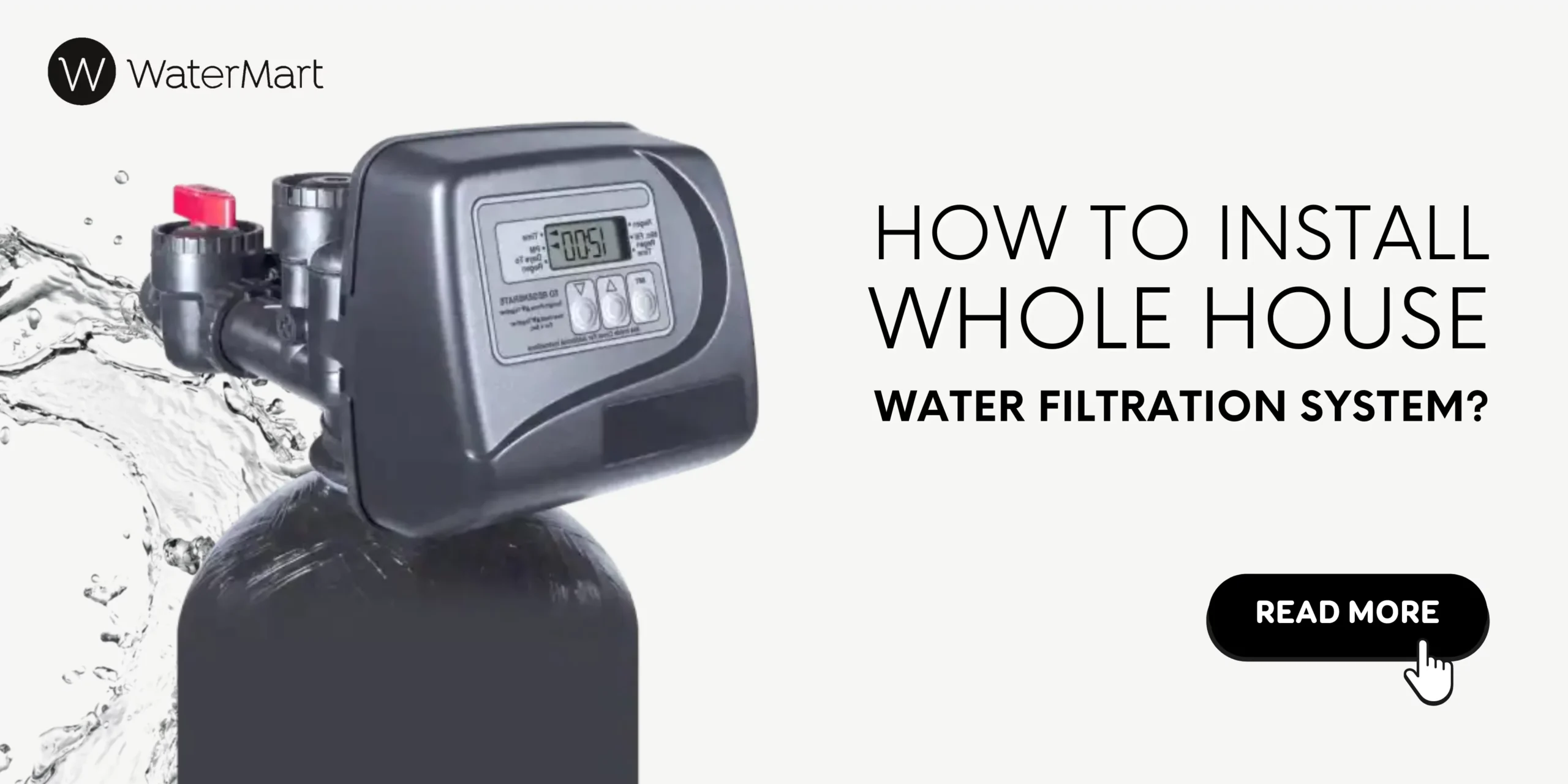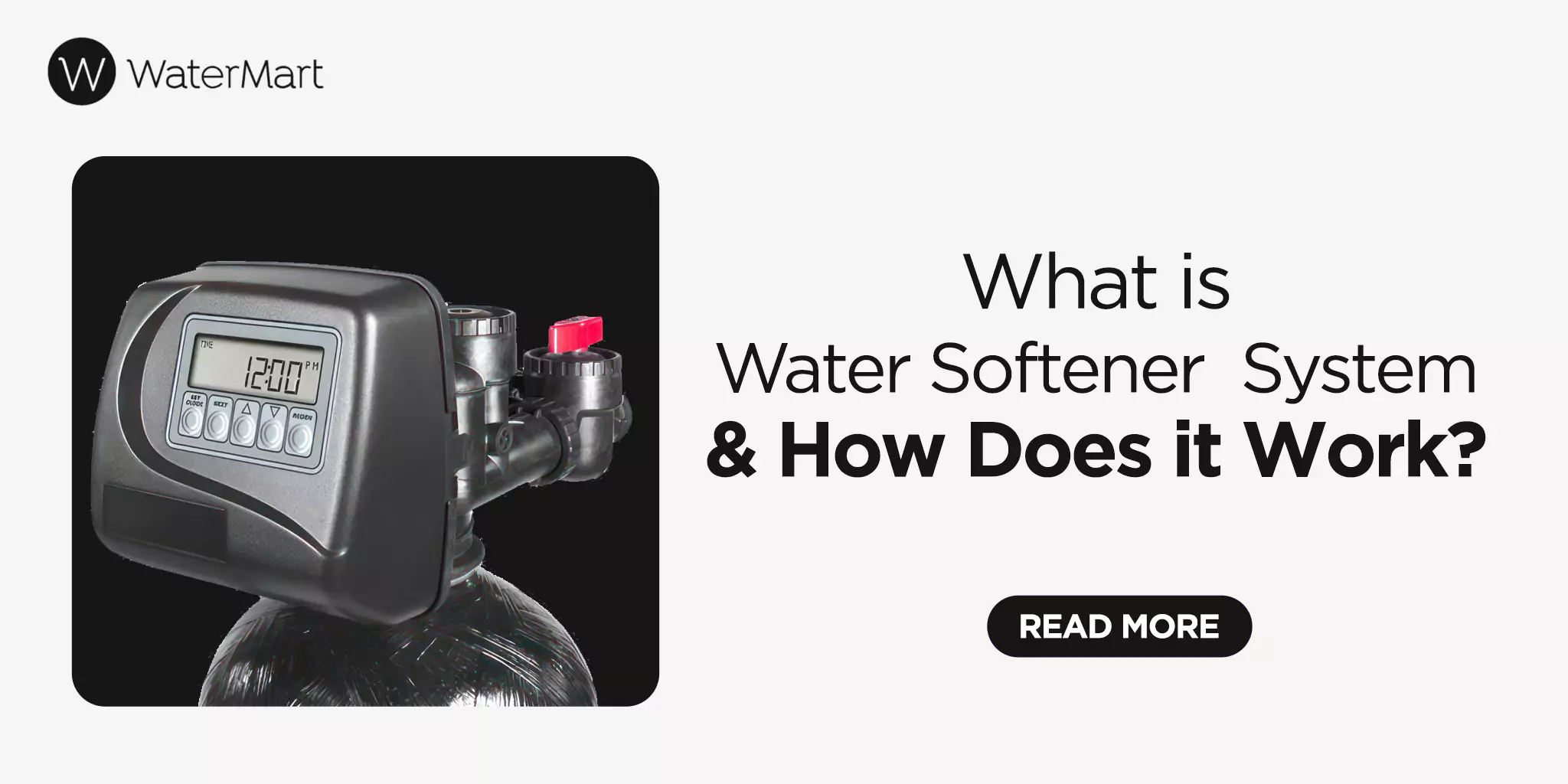Your cart is currently empty!
What is a Reverse Osmosis System & How Does It Work?
Bottled water can be too expensive and tap water may have a typical Chlorine taste or odor that is a total turn-off for many residents. Toronto’s tap water usually meets safety standards, but some areas have extremely hard water.
The safest affordable solution? Installing a reverse osmosis system (RO system) for your home to get rid of contaminants, such as lead, arsenic, Chlorine, and other hard water materials.
What is the Reverse Osmosis Water System?
Like water softening systems, a reverse osmosis system is also a water treatment system that involves a semi-permeable membrane. The membrane helps to remove water contaminants, such as Chlorine, Arsenic, and lead, under pressure.
An RO water system allows water to flow through a semipermeable membrane with tiny pores. The tiny pores in the membrane allow only water to pass through it, filtering out all the solids, hard minerals, and other contaminants.
As a result, the filtered or pure water is collected in the membrane and impurities and other contaminants flush away.
The Working of Reverse Osmosis System
RO water systems work on the basic principle of reverse natural osmosis. An RO system uses a semi-permeable membrane to remove impurities, hard minerals, contaminants, bacteria, etc by applying pressure and providing clean and fresh drinking water.
Here’s a step-by-step guide on how a reverse osmosis water system works:
The tap water enters sediment filters and carbon filters. Sediment filters collect all the dirt, sand, and other physical impurities in your tap water. Carbon filters cater to Chlorine taste and odor issues.
The pre-filtered water is passed through a high-pressure pump to push the contaminants into the water through osmosis.
The water is then passed through a semi-permeable membrane that blocks solids, minerals, and other contaminants, including viruses and bacteria.
The filtered, fully purified water enters one side of the membrane. This water is ready to use for cooking and drinking purposes.
The contaminants, minerals, and other solids are collected on the other side of the membrane. These are later flushed away.
Comparison Between Reverse Osmosis and Other Water Treatment Options
All the water treatment options available today target different concerns. In this section, we will focus on three major options:
Water Softener
Water softeners systems help remove Calcium and Magnesium ions in your water through the process of ion exchange method. It allows you to get rid of those stubborn stains of soap scum and scale buildup in pipes and appliances. Water softeners need salt for regeneration and may increase sodium levels in your water.
Therefore, people struggling with hard water issues should go for water softeners. However, if you’re looking to address other contaminants, there are better options for you.
Tankless RO Filtration Systems
As the name suggests, Tankless RO Filtration Systems provide pure, fresh, and filtered water that can be used instantly. They have a lower capacity than tank RO systems but work best if you want on-demand filtered water.
Regular Water Filter
If your main concern is chlorine odor, taste, and other sediment issues, regular water filters are the best option. However, keep in mind that while improving water quality, they are not effective against other contaminants to make your tap water pure and fresh.
Why is Reverse Osmosis Beneficial for Your Health?
It is undoubtedly true that reverse osmosis water system is beneficial and its filtered water for your health as it has the least contaminants and bacteria.
Here are some of the amazing benefits of RO water.
- RO water systems are popular for removing many contaminants, including lead, arsenic, and heavy metals that cause long-term health issues.
- Reverse Osmosis Water also lacks Chlorine which leads to enhanced taste of water, coffee, tea, and other fluids.
- RO water is also helpful for people with compromised immune systems as it removes most bacteria and viruses that cause certain diseases.
- It is also good for people on dialysis as they need very pure water.
Now that we have discussed the benefits, let’s look at some drawbacks of RO water.
Water obtained from the RO water system is dead water, i.e., free of beneficial minerals, including Calcium and Magnesium. Good minerals provide key health benefits and ensure a healthy lifestyle.
To cater to these issues, many RO water systems come with remineralization filters to make the water alkaline.
Watermart offers an exceptional RO water system that offers improved water quality with remineralization options to make your water completely free of harmful contaminants and increase essential mineral intake simultaneously.
However, we always suggest testing your water before going for any water treatment options to see what contaminants are present.
Which Water Elements Reverse Osmosis Doesn’t Remove?
While being highly effective in making your water contaminant-free, there are certain elements that RO water systems do not remove.
Organic Compounds
Some organic compounds, such as pesticides and other volatile organic compounds have fine particles to pass through the semi-permeable membrane. Therefore, these organic compounds usually pass through the membrane depending on their size and charge and may contaminate the water.
Bacterial Microorganisms
Some bacterial microorganisms are tiny enough to pass through the RO system. Therefore, they are not effective in removing 100% bacteria.
Chlorine By-Products
Chlorine by-products such as THMs and HAAs, may stay untreated with RO systems because of their chemical structure.
However, the effectiveness of RO water systems to remove chlorine and its by-products is significant.
Dissolved Gasses
Gasses, such as Methane, Carbon Dioxide, and Radon usually stay untreated with reverse water osmosis systems, irritating your respiratory system.
What Kind of Maintenance Is Required After Installing Reverse Osmosis System?
Now that you’re sure your home needs a reverse osmosis water system, it’s time to get into some technicalities.
Like every other water treatment option, Reverse osmosis water systems need regular maintenance and upkeep for better performance.
First of all, the filters of an RO system need to be replaced every 6 months. However, the time frame depends on your water usage and quality.
Moreover, an RO membrane should work fine for 5 years, depending on your water quality and filter maintenance. However, it should be replaced after every 5 years to improve efficiency and maintain water quality.
At Watermart, we make things easier for you! Our high-quality water filters are low maintenance and ONLY require periodic replacements of filter cartridges.
Enjoy a hassle-free water treatment option for cleaner, safer, and fresher drinking water without spending over a thousand bucks on maintenance. Schedule your water consultation today.
What Is The Average Cost Of Installing an RO Water System?
The total cost of installing an RO water system depends on many factors, including your water usage and water quality. However, for smaller set-ups of the RO system, the price is less as compared to larger set-ups.
On average, the cost of installing RO systems can go from anywhere between $400 to $5000.
At Watermart, you can get the complete reverse osmosis water system for rent or purchase.
Schedule your FREE water consultation to get a quote.
Conclusion
Reverse osmosis water treatment systems effectively remove many contaminants from your tap water, including lead, arsenic, chlorine, bacteria, and viruses. However, while they remove bad minerals, you also get deprived of all the good minerals, making the RO water slightly acidic.
To get those minerals back in your water, all you need is a special reverse osmosis system that reintroduces the good minerals, including Calcium and Magnesium back into your water, making it alkaline and providing you complete peace of mind.
At Watermart, you can order an RO system that reintroduces the minerals back, gets rid of most contaminants effectively, and offers you improved water quality. Not just that, our RO system comes with standard-size, universally available filters that make the maintenance seamless.
Contact us now and get a FREE water consultation with our water treatment experts today.
FAQS
Is It Healthy To Drink Ro Water Daily?
Yes, it is healthy to drink RO water daily, provided that you take a balanced diet and do not suffer from acid reflux or gastrointestinal issues.
What Is The Ph Of Ro Water?
The pH of water is somewhere between 6.0 to 6.5, making it acidic. However, reintroducing the good minerals into your water is a great way to make it alkaline.
What Are The Benefits Of Using Ro Water At Home?
The benefits of RO water include
- It removes contaminants from your water, including harmful viruses and bacteria
- RO water system improves the taste of your water and eliminates the sour odor and taste of chlorine from your water.
- According to IWA Publishing, RO water system removes 99% of contaminants and minerals from your water supply..
- RO water systems require minimal maintenance and upkeep.
